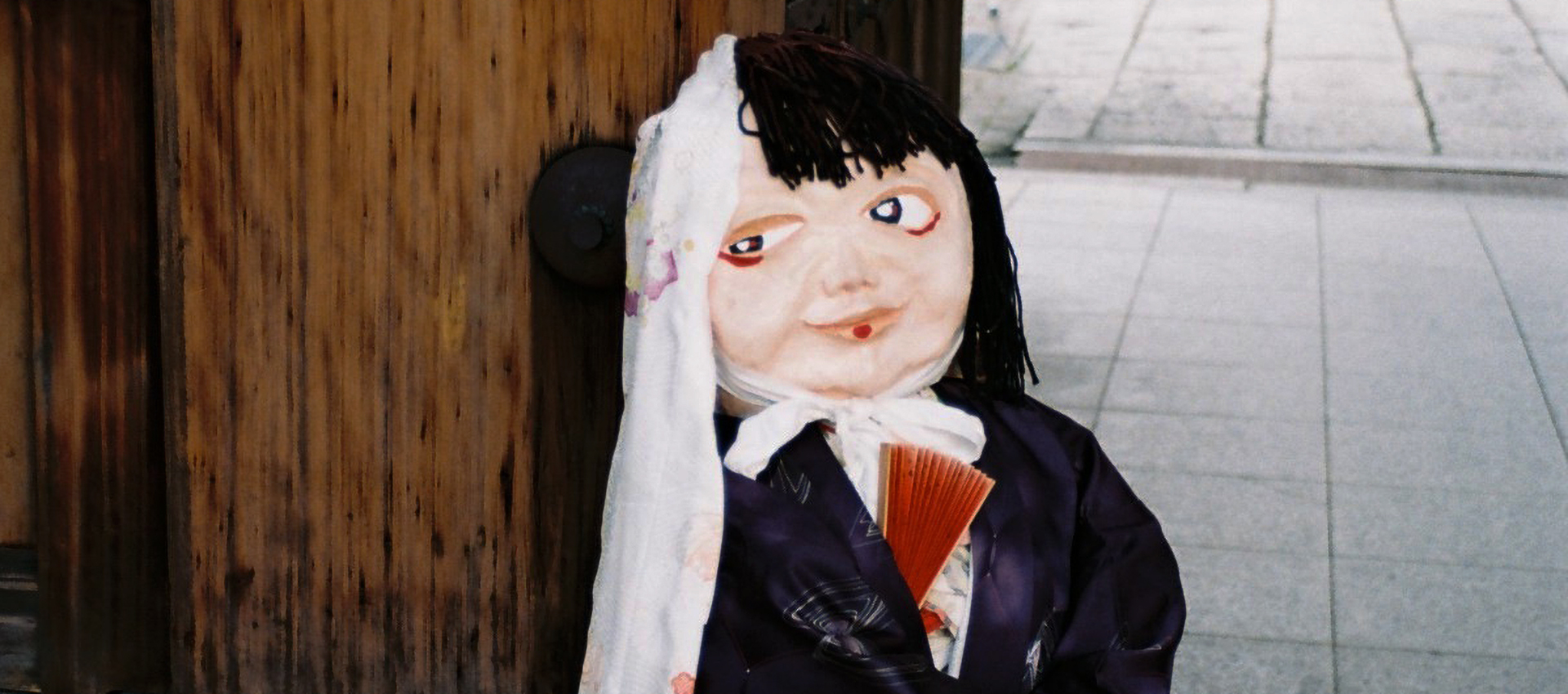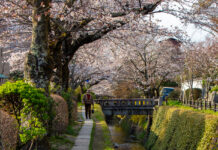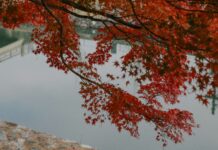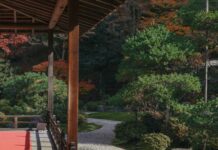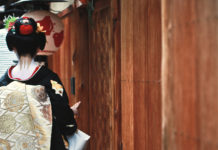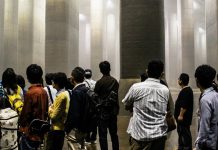Ghosts, monsters and mischievous spirits are a staple of every single human culture that has ever existed. From Bunyips and Babadooks to Shtriga and Succubi, humans create folklore as a means of explaining the darker side of the unexplainable…
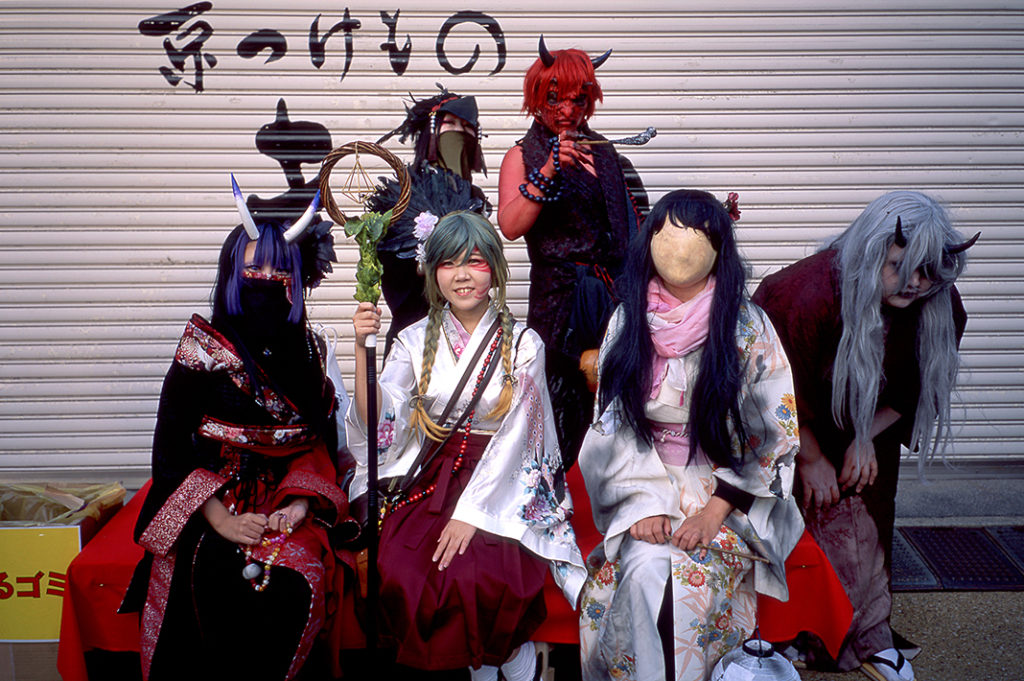
Yokai: the darkest depths of the floating world.
Naturally, Japan is no exception to the global preoccupation with monsters in folklore. In fact, it has one of the richest and most complex selections of ghost-lore in the developed world. ‘Yokai’ [妖怪] is a blanket term used for the many hundreds of complex beings that fill the spaces in between ‘humans’ and ‘gods.’ While they are understood to be separate from the major deities of Shinto and Buddhism, the sheer latitude of what constitutes Yokai is vast. The exact number of different ‘types’ of Yokai is subject to speculation, but they number in the high hundreds. Some of the most commonly known types of Yokai are:
- Tsukumogami [付喪神]: household objects that have been granted a soul on their 100th birthday. Usually depicted as one-legged umbrellas or wide-mouthed lanterns, these spirits are fond of pranks, but are generally harmless.
- Obake [お化け]: demons who are able to shape-shift between human and other forms, including animals and monsters.
- Yuurei [幽霊]: otherwise known as ‘ghosts’ in the West. Yuurei are the souls of dead humans trapped between realms by confusion or hatred. Generally, they were victims of violent deaths. Famous Yuurei include the terrifying long-haired Sadako from ‘Ring‘ and the spine-chilling Kayako from ‘Ju-on.’
- The most famous Yokai of all: Ge-ge-ge No Kitaro! A manga/anime classic and a must-watch for anyone interested in folklore in Japanese pop culture.
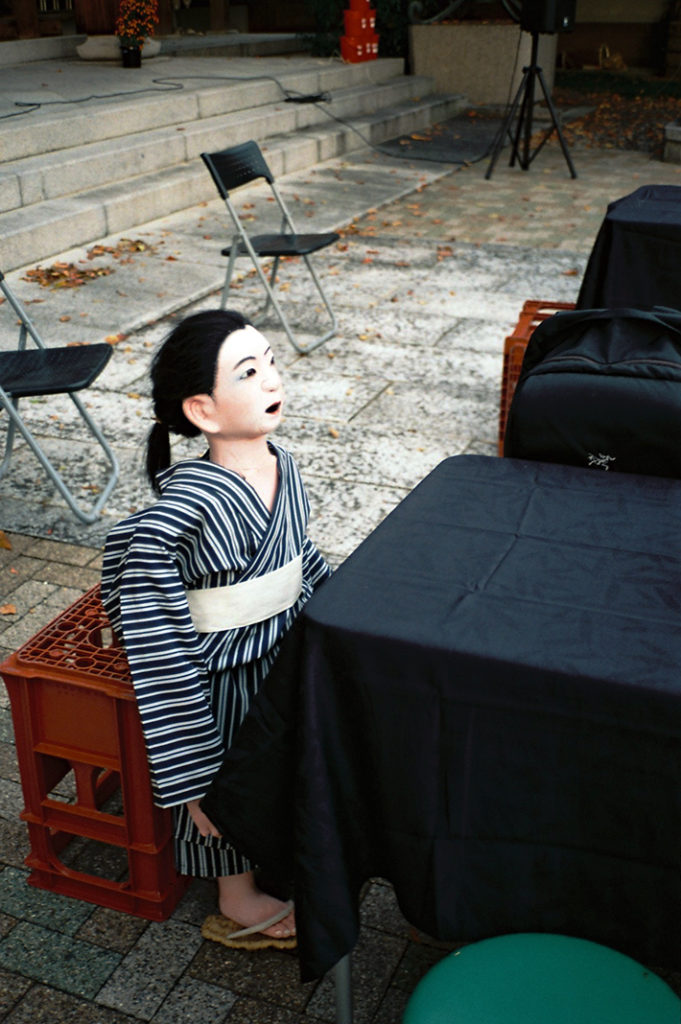
Yokai come to town!
In the quiet, unhurried district of Kitano, largely untouched by foreign tourists, is an innocuous street named ‘Ichijo-dori.’ It’s a small shopping street no wider than two (Japanese) cars, lined with a very normal selection of local amenities. Among them is a pharmacy, a butcher and a futon store. For no particular reason, shopkeepers in the street have taken to decorating their shop exteriors with Yokai. Of course, each store has chosen a special type of Yokai. Statues and decorations adorn the shop windows along the length of the street. Residents from all over Kyoto come to visit this uncommon sight – even foreign tourists have recently caught wind of this unusual district.
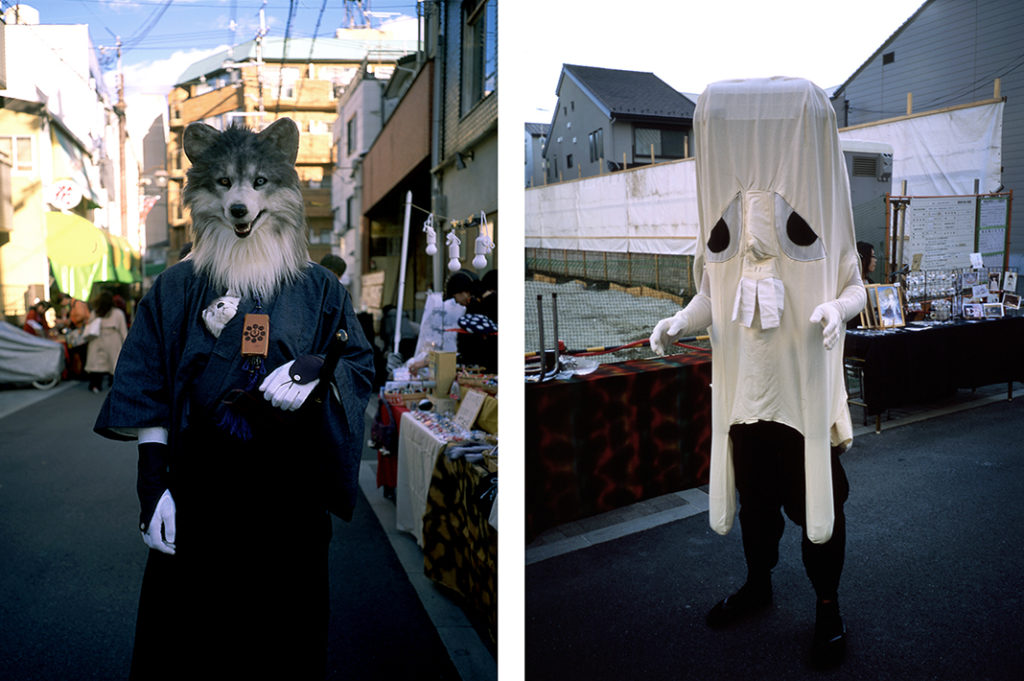
Ichijo-dori: An otherwise (para)normal street?
Oddly, Ichijo-dori has no previous connection to Yokai. No abandoned murder houses, no unexplained hauntings, no tragic war histories. It seems that, in a fine example of local ingenuity, the purveyors of commerce simply decided to make their street a little more interesting to look at. Over the years, Ichijo-dori has gained a fair level of local fame. From this, the annual Yokai parade was born, evolving from a mythical occurrence to a local institution. Naturally, during the very popular event, the streets are lined with vendors and food stalls. Schools from the neighbourhood work to create costume parades for students and their families. Bizarrely, it’s perfectly normal for adults at this event to terrify small children as their parents film their reactions on their phones.
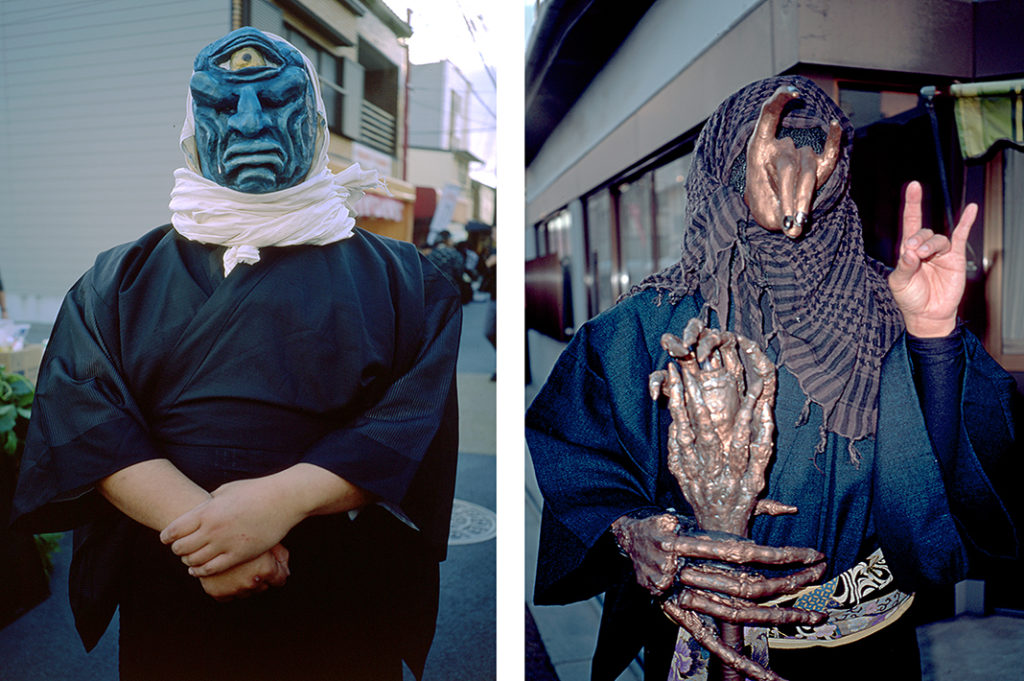
Yokai, watch!
The much-anticipated costume parade takes place on the third Saturday of October, every year. It’s a time for fun, but also a time for Japan’s legendary cosplayers to flex their creative muscles. However, the event’s relatively small size doesn’t place a limit on the time and effort these creative experts pour into their costumes. Many of the cosplayers return every year, wearing ensembles that would pass as cinematic-grade costume. These outfits will almost certainly get a second outing during Halloween, generally falling on the following weekend. Halloween, although not remotely Japanese, aligns well with the wider Japanese appreciation of ghost-lore and the paranormal.
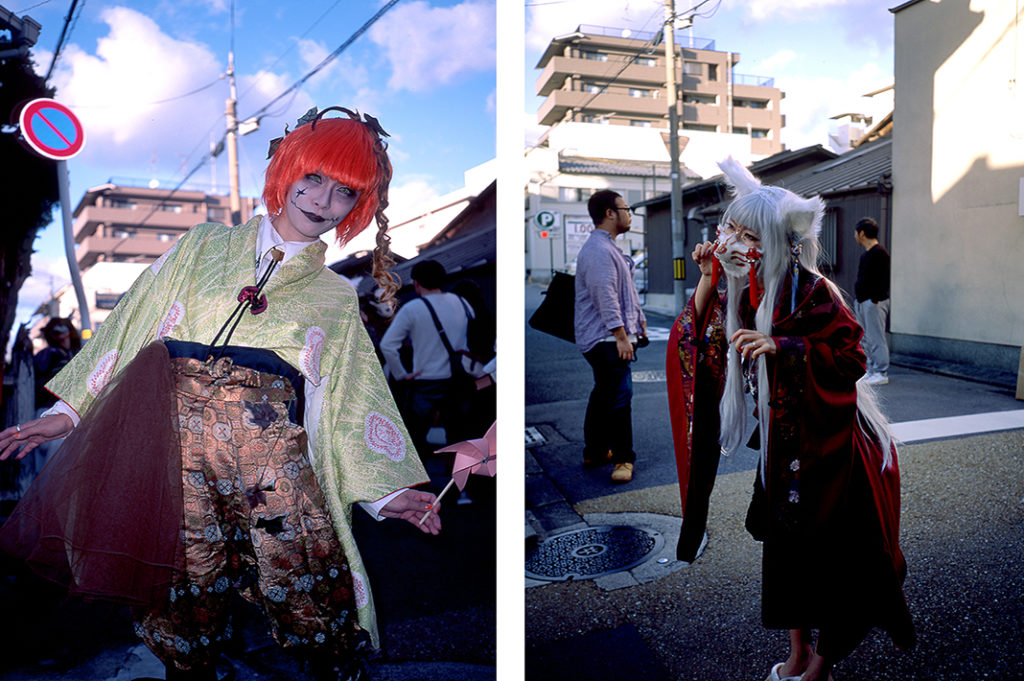
Every ghost needs an origin story.
Although Halloween in Japan is often a large and informal gathering, Ichijo-dori’s event specifically features a scheduled parade. The origins of this parade lie in the ‘Hyakki-yagyo‘ [百鬼夜行] – ‘The Night Parade of 100 Demons.’ True to form, at around 8 pm, an official parade begins. Starting at the nearby and little-known Yusei-ji temple, the procession makes its way from east to west along Ichijo-dori. There are usually several hundred people in the actual parade. Traditional Japanese musicians playing bamboo pipes and drums lead at the front, followed by children bearing lanterns. Finally, people dressed as Yokai make up the bulk of the parade. The procession then snakes through an impossibly narrow street, already bottle-necked by stalls featuring locally made Yokai-themed goods and food on sticks. Finally, it finishes at the distant western end of the street, along with any visitors and errant children swept up in the merriment and confusion.
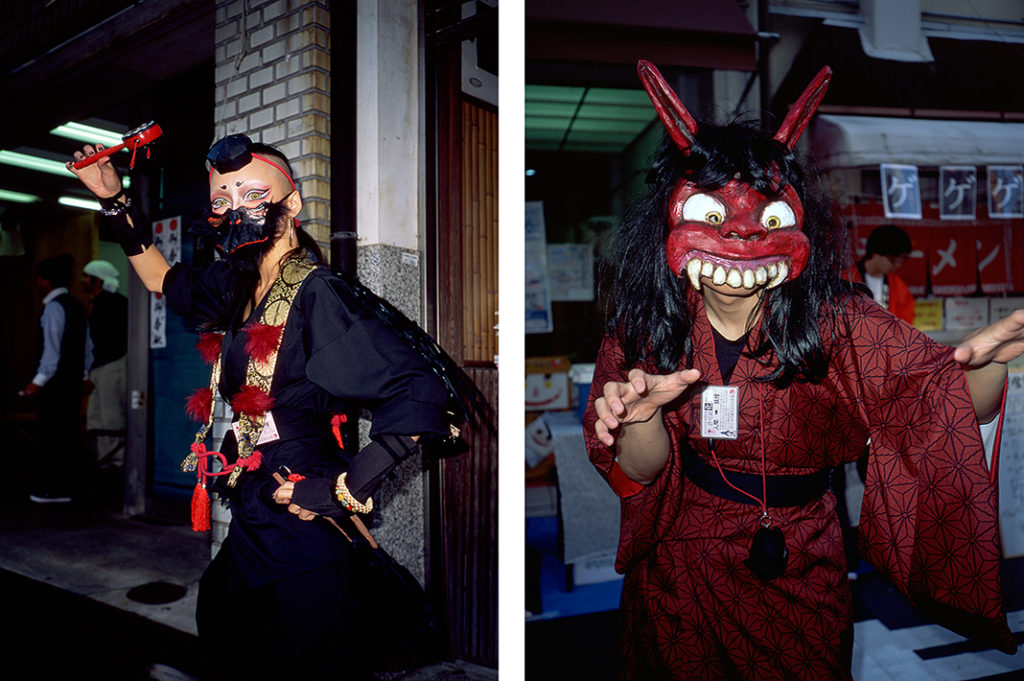
Access
As this event takes place on only one evening a year, it’s worth travelling to Kyoto city on the third Saturday of October if you’re in the wider Kansai region. As well as a highly photogenic parade, local craftspeople come to sell a huge variety of spooky goods made locally that you’re not likely to see elsewhere.
The participants are very friendly and almost all of them will agree to a photo opportunity if asked. Be sure to ask parents if you’d like to photograph any kids dressed as adorable monsters. Everyone is welcome to join the ‘costume’ end of the Yokai parade, including foreign tourists. As such, feel free to dress up and turn up – there isn’t much more to it than that!
Ichijo-dori is in Kitano, tucked away in an area not served by much public transport. The nearest train station is Kitano-Hakubaicho. As this is a station on the Ran-den Electric railway, it’s essentially no use to anyone who isn’t travelling to or from Arashiyama. As such, visitors are best advised to travel from Kyoto to Emmachi station on the San-in line (10 minutes, ¥190) and walk the remaining distance (15 minutes) to the Yokai Street.
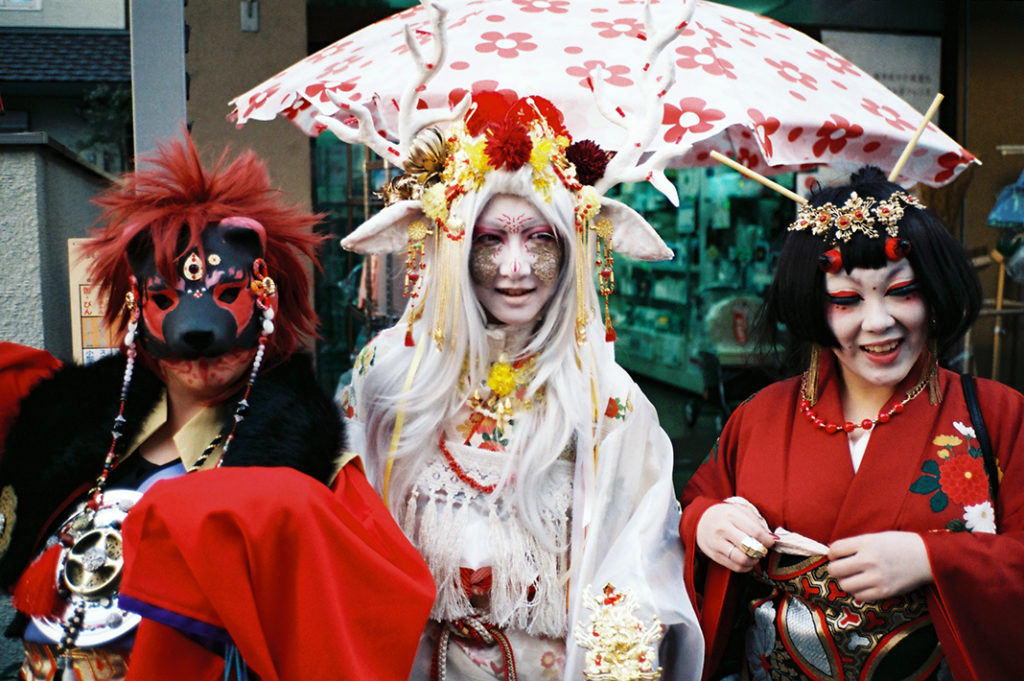
The official website of Ichijo-dori is in Japanese here and in English here.
A Google map location of the hard-to-find street is here. Enjoy!
Post by Japan Journeys.



